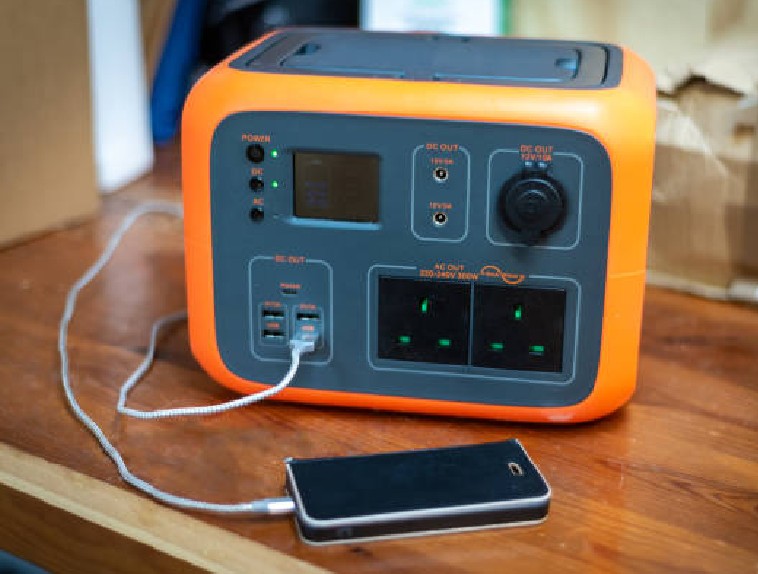Question #1
When doing plan review or inspection on a photovoltaic (PV) installation and the cut sheets say “UL 2703 compliant,” what should I verify? Or, do I just look to verify it is Certified (Listed) to UL 2703?
When conducting a PV plan review or PV installation inspection simply verifying that the component is UL Certified (Listed) to UL 2703 is insufficient. ANSI/UL 2703, the Standard for Safety for Mounting Systems, Mounting Devices, Clamping/Retention Devices, and Ground Lugs for Use with Flat-Plate Photovoltaic Modules and Panels, covers several different aspects of PV mounting systems. Because each product may be designed and Certified (Listed) for a specific function with specific PV modules, it is important to verify that the components are Certified (Listed) for their specific intended use. Those uses may include mechanical loading only, grounding and bonding only, a fire classification for specific module or a combination of those when used with specific PV modules or racking systems. Only by reviewing the Certification (Listing) information on UL Product iQ™ (www.ul.com/piq) can you determine the parameters of a UL 2703 Certification (Listing) and the components and installation criteria required to achieve those ratings.
PV mounting and racking systems, clamping and retention devices and ground lugs are Certified (Listed) under the product category Mounting Systems, Mounting Devices, Clamping Devices and Ground Lugs for Use with Photovoltaic Modules and Panels (QIMS). This category covers PV mounting systems, mounting devices, clamping devices – which may be used for bonding and/or mechanical loading – and ground lugs tested in combination with specific PV modules and panels and specified module frames and mounting structures as identified in the individual Certifications (Listings). These systems and devices are investigated for one of two installation types:
- Ground mounted or
- As part of a nonstructural component of a building, such as a stand-alone system on a building, curtain wall, facade, atrium, skylight, etc., extant to a primary building structure
It is important to note that PV mounting systems and clamping devices may be investigated for mechanical loading alone, or grounding and bonding alone, or a fire classification alone (for roof-mounted systems) as identified in the individual Certifications (Listings). Devices used for grounding and bonding may be tested in combination with specific PV modules, specific PV module frames or specific mounting-system rails as identified in the individual certifications. Only those features noted in the individual Certifications (Listings) and/or the reports for specific products have been investigated by UL Solutions.
When applicable, PV mounting systems are marked Class A, Class B or Class C to denote their resistance to external fire exposure when installed in combination with specific PV modules and according to the PV mounting system installation instructions. The installation of these mounting systems, clamping devices or bonding devices is intended to be in accordance with ANSI/NFPA 70®, National Electrical Code® (NEC®), in addition to any applicable building codes.
Jurisdictional authorities should be consulted regarding conformance with applicable building codes, including the class of roof covering, and any additional safety investigations that may be required.
Always verify the specific parameters of a QIMS UL 2703 Certification (Listing) by reviewing the Certification (Listing) of the device on UL Product iQ. A hard copy of a device’s UL Certification (Listing) information in category QIMS from UL Product iQ may be included in a PV plan submittal. The UL Solutions guide information and Certifications (Listings) for mounting systems, mounting devices, clamping devices and ground lugs for use with photovoltaic modules and panels (QIMS).can be viewed on UL Product iQ at www.ul.com/piq; enter QIMS at the search field. Searching UL Product iQ is complimentary, however, registration is required for full access.
Question #2
I understand the 2023 National Electrical Code® (NEC®) includes Article 726, Class 4 Fault Managed Power Systems, and Article 722, Cables for Power-Limited Circuits, Fault-Managed Power (Class 4) Circuits, and Optical Fiber. Does UL Solutions Certify (List) Class 4 cable and what does that cover?
Yes, UL Solutions does Certify (List) Class 4 cable under the product category Class 4 Cable (DLPY). The UL Solutions guide information and Certifications (Listings) for Class 4 Cable can be viewed on UL Product iQ at www.ul.com/piq; enter DLPY in the search field. Searching UL Product iQ is complimentary, however, registration is required for full access.
This category covers cable types CL4P, CL4R and CL4 in 24 – 6 AWG intended for use in Class 4 Power Systems described in NEC® Article 726 installed in accordance with NEC® Article 722. The cable is rated for 450V dc but is not so marked.
These cable types are intended for use as follows:
CL4P cable – in Class 4 circuits within buildings in ducts or plenums or other spaces used for environmental air in accordance with the NEC®.
CL4R cable – in Class 4 circuits within buildings in vertical shafts in accordance with the NEC®.
CL4 cable – for general use in Class 4 circuits within buildings in accordance with the NEC®.
The basic Standard used to investigate products in this category is UL 1400-2 , Outline of Investigation for Fault-Managed Power Systems – Part 2 Requirements for Cables.
These cables are marked with the product identity Class 4 Cable and the UL Certification Mark on the product, or the UL symbol on the product and the complete Certification Mark on a holographic label on the smallest unit container in which the product is packaged. These are the only methods provided by UL Solutions to identify products manufactured under our Certification and Follow-Up Service. The Certification Mark for these products includes the UL symbol, the words CERTIFIED and SAFETY, the geographic identifier(s), and a file number.
Note: We are now UL Solutions. Learn more about our new brand at https://www.ul.com/ulsolutions.











Find Us on Socials